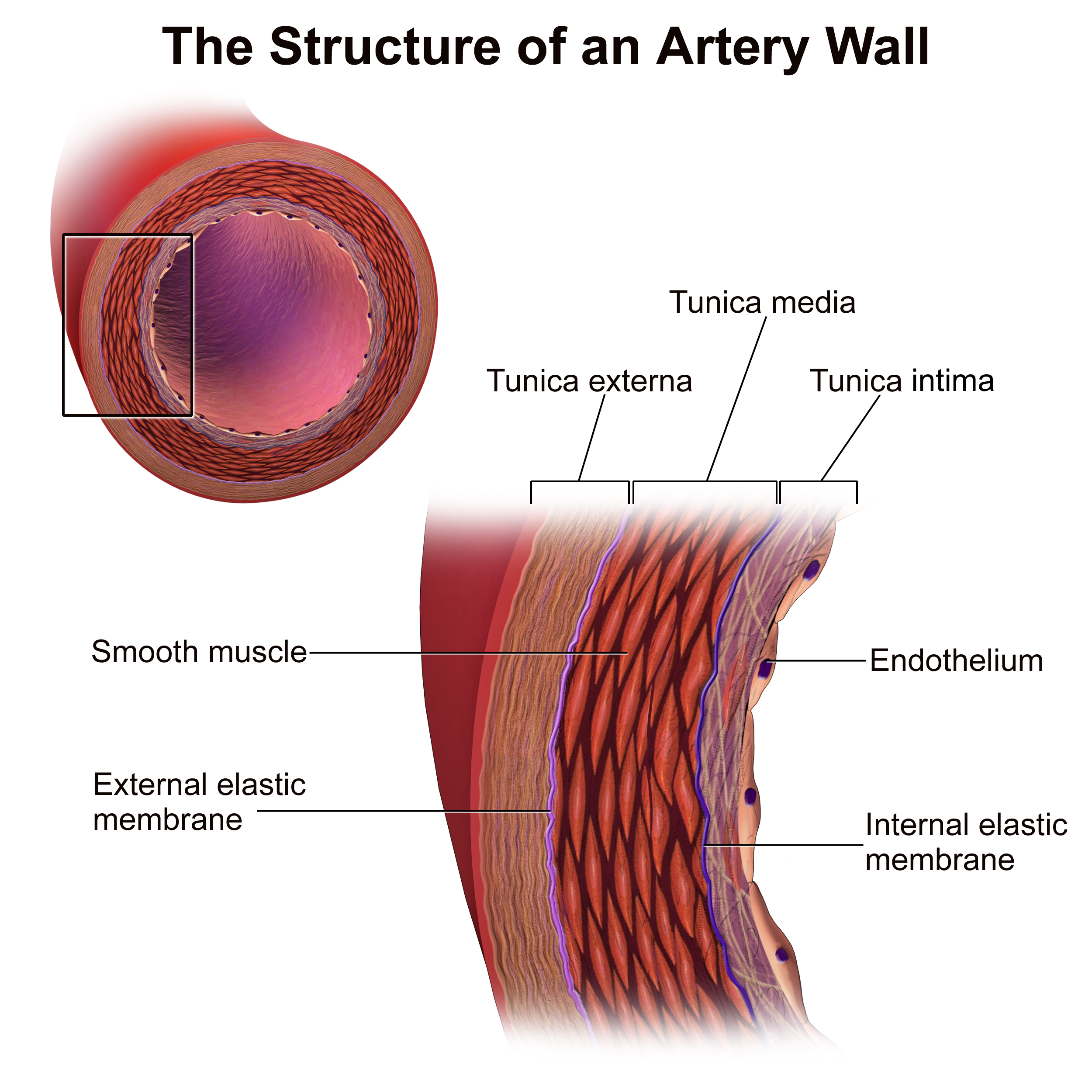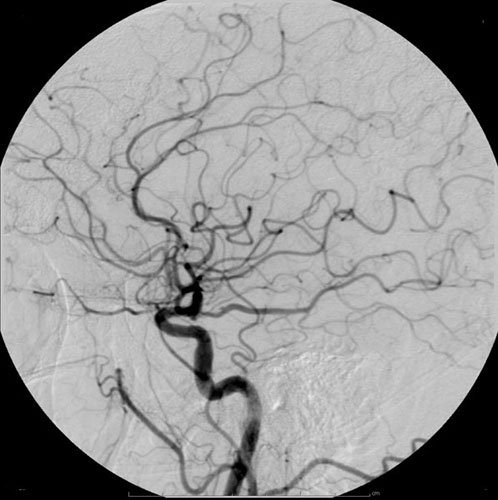|
Ioxilan
Ioxilan is a diagnostic contrast agent. It is injected intravenously before taking X-ray images to increase arterial contrast in the final image. It was marketed in the US under the trade name Oxilan by Guerbet, L.L.C., but was discontinued in 2017.Oxilan . Accessed 2021-04-07. Mechanism of action Ioxilan is an iodinated contrast Iodinated contrast is a form of water-soluble, intravenous radiocontrast agent containing iodine, which enhances the visibility of vascular structures and organs during radiography, radiographic procedures. Some pathologies, such as cancer, have p ... agent. References Radiocontrast agents Iodobenzene derivatives Acetanilides Polyols {{Pharm-stub ... [...More Info...] [...Related Items...] OR: [Wikipedia] [Google] [Baidu] |
Intravenously
Intravenous therapy (abbreviated as IV therapy) is a medical technique that administers fluids, medications and nutrients directly into a person's vein. The intravenous route of administration is commonly used for rehydration or to provide nutrients for those who cannot, or will not—due to reduced mental states or otherwise—consume food or water by mouth. It may also be used to administer medications or other medical therapy such as blood products or electrolytes to correct electrolyte imbalances. Attempts at providing intravenous therapy have been recorded as early as the 1400s, but the practice did not become widespread until the 1900s after the development of techniques for safe, effective use. The intravenous route is the fastest way to deliver medications and fluid replacement throughout the body as they are introduced directly into the circulatory system and thus quickly distributed. For this reason, the intravenous route of administration is also used for the consump ... [...More Info...] [...Related Items...] OR: [Wikipedia] [Google] [Baidu] |
Renal
In humans, the kidneys are two reddish-brown bean-shaped blood-filtering organs that are a multilobar, multipapillary form of mammalian kidneys, usually without signs of external lobulation. They are located on the left and right in the retroperitoneal space, and in adult humans are about in length. They receive blood from the paired renal arteries; blood exits into the paired renal veins. Each kidney is attached to a ureter, a tube that carries excreted urine to the bladder. The kidney participates in the control of the volume of various body fluids, fluid osmolality, acid-base balance, various electrolyte concentrations, and removal of toxins. Filtration occurs in the glomerulus: one-fifth of the blood volume that enters the kidneys is filtered. Examples of substances reabsorbed are solute-free water, sodium, bicarbonate, glucose, and amino acids. Examples of substances secreted are hydrogen, ammonium, potassium and uric acid. The nephron is the structural and functiona ... [...More Info...] [...Related Items...] OR: [Wikipedia] [Google] [Baidu] |
Contrast Agent
A contrast agent (or contrast medium) is a substance used to increase the contrast of structures or fluids within the body in medical imaging. Contrast agents absorb or alter external electromagnetism or ultrasound, which is different from radiopharmaceuticals, which emit radiation themselves. In X-ray imaging, contrast agents enhance the radiodensity in a target tissue or structure. In magnetic resonance imaging (MRI), contrast agents shorten (or in some instances increase) the relaxation times of nuclei within body tissues in order to alter the contrast in the image. Contrast agents are commonly used to improve the visibility of blood vessels and the gastrointestinal tract. The types of contrast agent are classified according to their intended imaging modalities. Radiocontrast media For radiography, which is based on X-rays, iodine and barium are the most common types of contrast agent. Various sorts of iodinated contrast agents exist, with variations occurring between the ... [...More Info...] [...Related Items...] OR: [Wikipedia] [Google] [Baidu] |
X-ray Images
Radiography is an imaging technique using X-rays, gamma rays, or similar ionizing radiation and non-ionizing radiation to view the internal form of an object. Applications of radiography include medical ("diagnostic" radiography and "therapeutic radiography") and industrial radiography. Similar techniques are used in airport security, (where "body scanners" generally use backscatter X-ray). To create an image in conventional radiography, a beam of X-rays is produced by an X-ray generator and it is projected towards the object. A certain amount of the X-rays or other radiation are absorbed by the object, dependent on the object's density and structural composition. The X-rays that pass through the object are captured behind the object by a detector (either photographic film or a digital detector). The generation of flat two-dimensional images by this technique is called projectional radiography. In computed tomography (CT scanning), an X-ray source and its associated detectors r ... [...More Info...] [...Related Items...] OR: [Wikipedia] [Google] [Baidu] |
Artery
An artery () is a blood vessel in humans and most other animals that takes oxygenated blood away from the heart in the systemic circulation to one or more parts of the body. Exceptions that carry deoxygenated blood are the pulmonary arteries in the pulmonary circulation that carry blood to the lungs for oxygenation, and the umbilical arteries in the fetal circulation that carry deoxygenated blood to the placenta. It consists of a multi-layered artery wall wrapped into a tube-shaped channel. Arteries contrast with veins, which carry deoxygenated blood back towards the heart; or in the pulmonary and fetal circulations carry oxygenated blood to the lungs and fetus respectively. Structure The anatomy of arteries can be separated into gross anatomy, at the macroscopic scale, macroscopic level, and histology, microanatomy, which must be studied with a microscope. The arterial system of the human body is divided into systemic circulation, systemic arteries, carrying blood from the ... [...More Info...] [...Related Items...] OR: [Wikipedia] [Google] [Baidu] |
Guerbet
Guerbet () is a France-based manufacturer of contrast agents used in medical imaging. The company was founded in 1926 by André Guerbet, the son of Marcel Guerbet who in 1901 discovered Lipiodol – the first iodinated X-ray contrast agent. In 2017 Guerbet’s revenues were €807.1 million. It employs over 2,700 people worldwide and has manufacturing facilities in France, Ireland, Canada, Macedonia, the United States and Brazil. The company’s headquarters, formerly located in Villepinte, is currently located in Chicago, and its shares are included in the NASDAQ stock index. In July 2015, Guerbet announced the takeover of a portion of Mallinckrodt Mallinckrodt Pharmaceuticals plc is an American-Irish domiciled manufacturer of specialty pharmaceuticals (namely, adrenocorticotropic hormone), generic drugs and imaging agents. In 2017, it generated 90% of its sales from the U.S. healthcare s ...'s contrast media and application systems divisions. The acquisition was completed ... [...More Info...] [...Related Items...] OR: [Wikipedia] [Google] [Baidu] |
Iodinated Contrast
Iodinated contrast is a form of water-soluble, intravenous radiocontrast agent containing iodine, which enhances the visibility of vascular structures and organs during radiography, radiographic procedures. Some pathologies, such as cancer, have particularly improved visibility with iodinated contrast. The radiodensity of iodinated contrast is 25–30 Hounsfield units (HU) per milligram of iodine per milliliter at a tube voltage of 100–120 kVp. Types Iodine-based contrast media are usually classified as ionic or nonionic. Both types are used most commonly in radiology due to their relatively harmless interaction with the body and their solubility. Contrast media are primarily used to visualize vessels and changes in tissues on radiography and CT Scan, CT (computerized tomography). Contrast media can also be used for tests of the urinary tract, uterus and fallopian tubes. It may cause the patient to feel as if they have had urinary incontinence. It also puts a metallic taste in t ... [...More Info...] [...Related Items...] OR: [Wikipedia] [Google] [Baidu] |
Radiocontrast Agents
Radiocontrast agents are substances used to enhance the visibility of internal structures in X-ray-based imaging techniques such as computed tomography (contrast CT), projectional radiography, and fluoroscopy. Radiocontrast agents are typically iodine, or more rarely barium sulfate. The contrast agents absorb external X-rays, resulting in decreased exposure on the X-ray detector. This is different from radiopharmaceuticals used in nuclear medicine which emit radiation. Magnetic resonance imaging (MRI) functions through different principles and thus MRI contrast agents have a different mode of action. These compounds work by altering the magnetic properties of nearby hydrogen nuclei. Types and uses Radiocontrast agents used in X-ray examinations can be grouped in positive (iodinated agents, barium sulfate), and negative agents (air, carbon dioxide, methylcellulose). Iodine (circulatory system) Iodinated contrast contains iodine. It is the main type of radiocontrast used for intra ... [...More Info...] [...Related Items...] OR: [Wikipedia] [Google] [Baidu] |
Iodobenzene Derivatives
Iodobenzene is an aryl iodide and the simplest of the iodobenzenes, consisting of a benzene ring substituted with one iodine atom. Its chemical formula is . It is useful as a synthetic intermediate in organic chemistry. It is a volatile colorless liquid, although aged samples appear yellowish. Preparation Iodobenzene is commercially available, or it can be prepared in the laboratory from aniline via the diazotization reaction. In the first step, the amine functional group is Diazonium compound, diazotized with hydrochloric acid and sodium nitrite. Potassium iodide is added to the resultant phenyldiazonium chloride, causing nitrogen gas to evolve. The product is separated by steam distillation. : Alternatively, it can be produced by refluxing iodine and nitric acid with benzene. Reactions Since the C–I bond is weaker than C–Br or C–Cl, iodobenzene is more reactive than bromobenzene or chlorobenzene. Iodobenzene reacts readily with magnesium to form the Grignard reagent, ph ... [...More Info...] [...Related Items...] OR: [Wikipedia] [Google] [Baidu] |
Acetanilides
Acetanilide is the organic compound with the formula . It is the N-acetylated derivative of aniline. It is an odourless solid chemical of leaf or flake-like appearance. It is also known as ''N''-phenylacetamide, acetanil, or acetanilid, and was formerly known by the trade name Antifebrin. Preparation and properties Acetanilide can be produced by reacting acetic anhydride with aniline: :C6H5NH2 + (CH3CO)2O → C6H5NHCOCH3 + CH3COOH The preparation used to be a traditional experiment in introductory organic chemistry lab classes, but it has now been widely replaced by the preparation of either paracetamol or aspirin, both of which teach the same practical techniques (especially Recrystallization (chemistry), recrystallization of the product) but which avoid the use of aniline, a suspected carcinogen. Acetanilide is slightly soluble in water, and stable under most conditions. Pure crystals are plate shaped and appear colorless, white, or in between. Applications Acetanilide ... [...More Info...] [...Related Items...] OR: [Wikipedia] [Google] [Baidu] |






